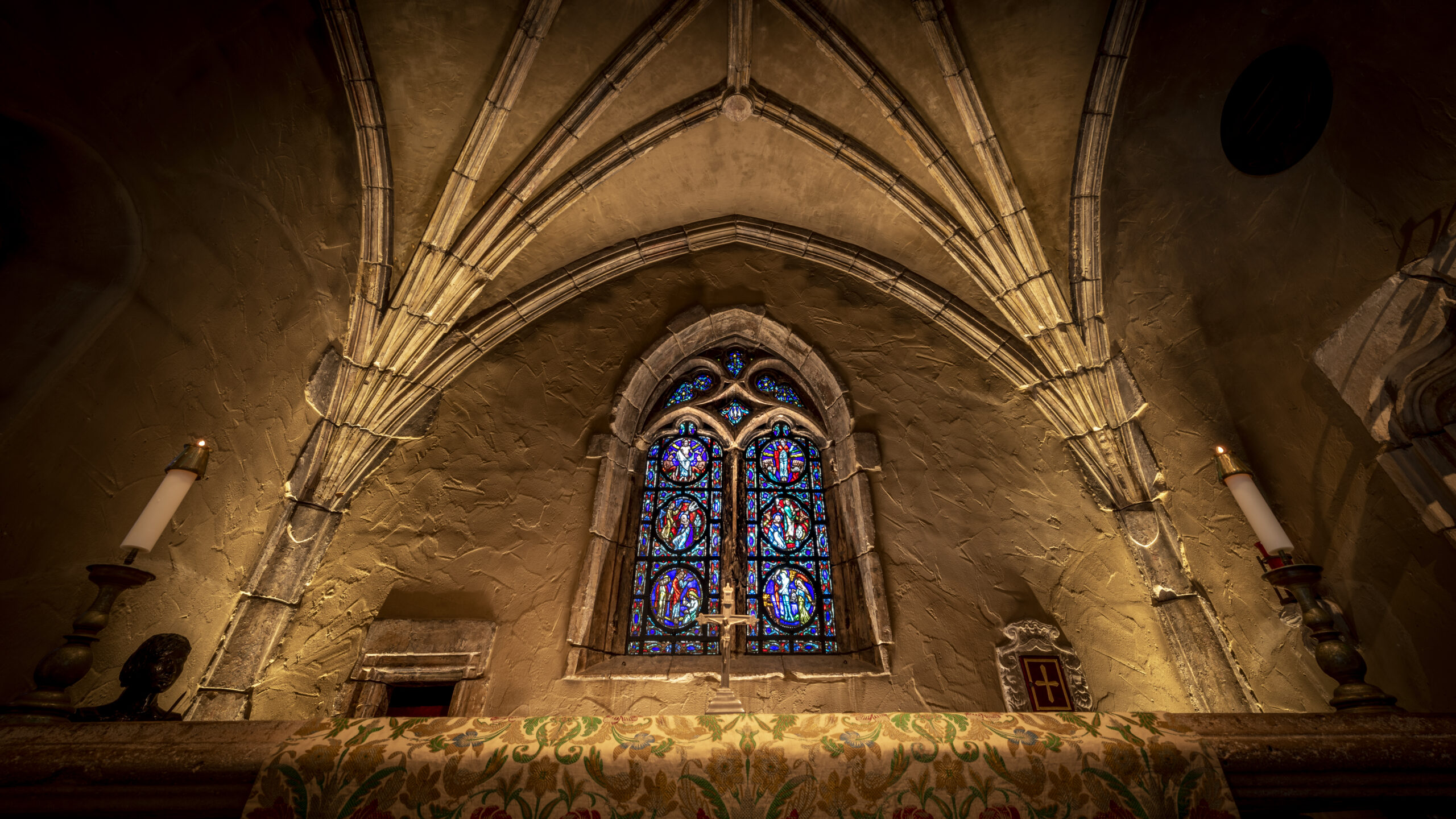As the fall semester gains momentum, it’s important to take a few moments to slow down and engage in prayer and reflection. Marquette’s campus provides a plethora of places to enjoy a sacred space and collect your thoughts.
Chapels
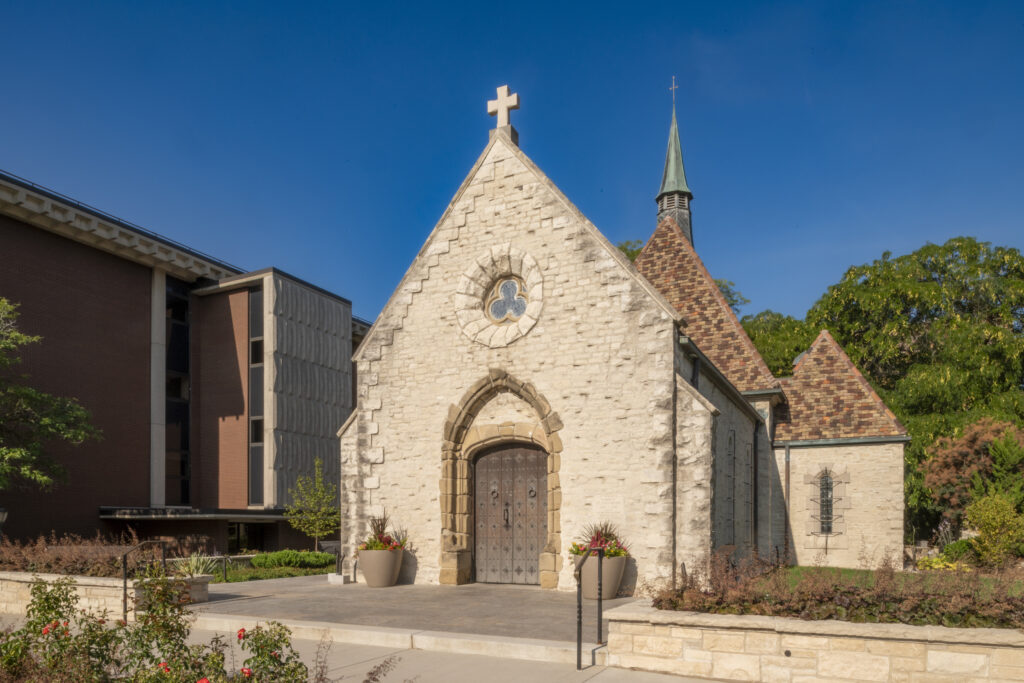
The most notable sacred space on campus is the St. Joan of Arc Chapel. The chapel was constructed in the late 14th and early 15th century in southeastern France near the city of Lyon. The chapel was gifted to Marquette in 1964 and was dedicated on campus in 1966. A unique feature of the chapel is the St. Joan of Arc Stone; it was supposedly kissed and prayed upon by Joan of Arc before battle. Legend claims that it’s always colder to the touch than the stones around it.
“My favorite space is Joan of Arc Chapel. I’ve experienced so many meaningful prayerful moments there,” says Sophie Lynch, a senior in the College of Nursing. “My most memorable moments there include spending late nights after Mass talking with friends. I also was a tour guide for the chapel for one summer and the peace I experienced sitting there in silence was remarkable.”
Another revered space on campus is the Chapel of the Holy Family, located inside the AMU. Although the chapel is Roman Catholic, it does not exclude and is used by other Christian faiths.
“In addition to our Catholic Masses, we have a variety of nondenominational services that occur regularly in the chapel, such as gospel choir, retreat prayers and a campus ministry-sponsored prayer service,” says Rev. Nathaniel Romano, S.J. “Groups such as the Canterbury Fellowship and the Lutheran community have historically used the chapel, as well.”
Statues
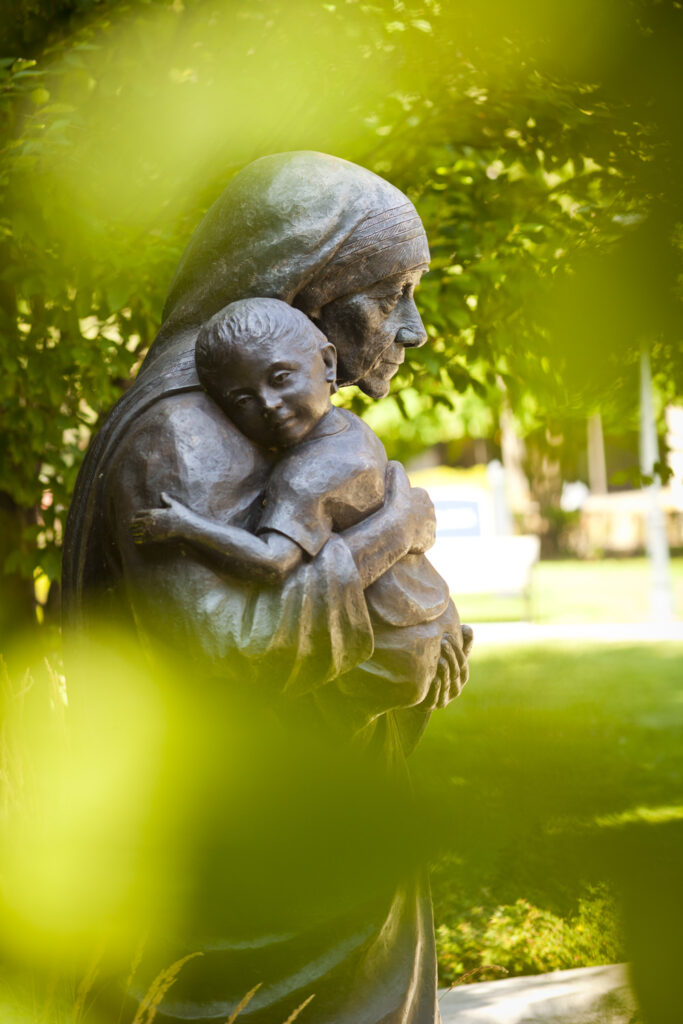
In front of Cramer Hall sits a statue of Mother Teresa (St. Teresa of Calcutta). Mother Teresa founded the Missionaries of Charity, a religious congregation of women, and won a Noble Peace Prize in 1979 for her work with the abandoned, sick and dying. She was canonized as a saint in 2016 by Pope Francis. The statue was dedicated at Marquette on Oct. 6, 2009.
Behind the Joan of Arc Chapel, you will find the Blessed Virgin Mary Grotto. The statue of the Virgin Mary is nestled into a landform, designed to offer a sheltered space for the statue and place for prayerful contemplation. The idea for a grotto came after President Michael Lovell completed the 18-month Ignatian Colleagues Program based on the Spiritual Exercises of St. Ignatius.
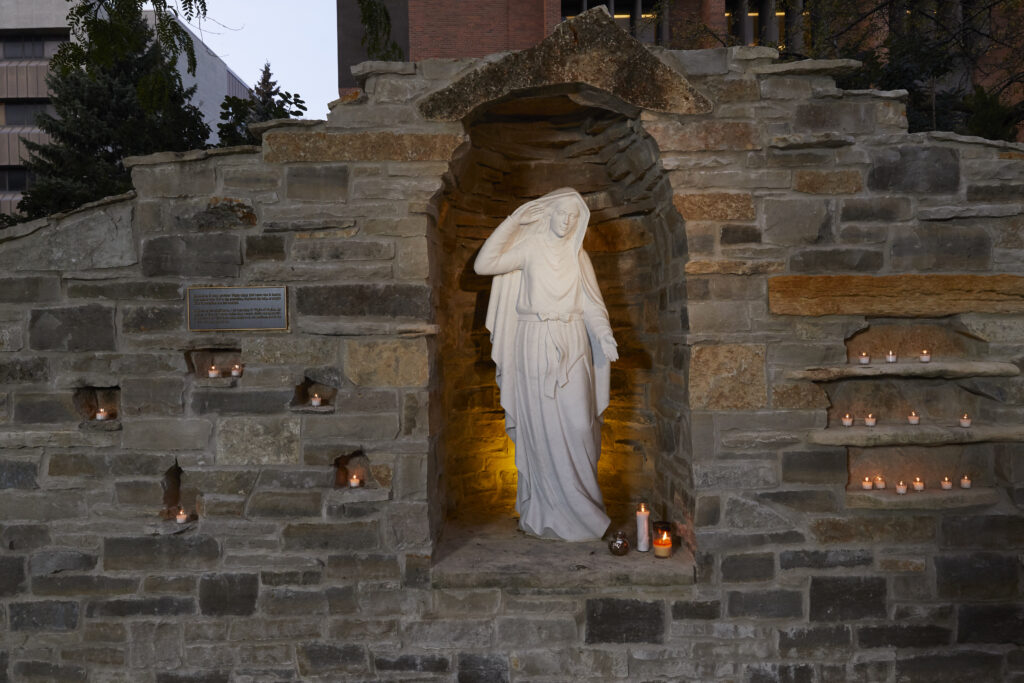
“I like walking to the Marian Grotto when I’m going across campus to see what flowers people have brought to Mary, or what candles are lit. It’s comforting to know that others are there praying with you,” says Brigid Kinsella-Alba, coordinator of mission programs.
On the east side of the central mall stands Father Jacques Marquette. A bronze statue, it honors the 17th century French, Jesuit missionary and explorer for whom Marquette University is named. Father Marquette is posed to be stepping away from the water, his face weathered by the elements and his cassock or coat beaten with wear.
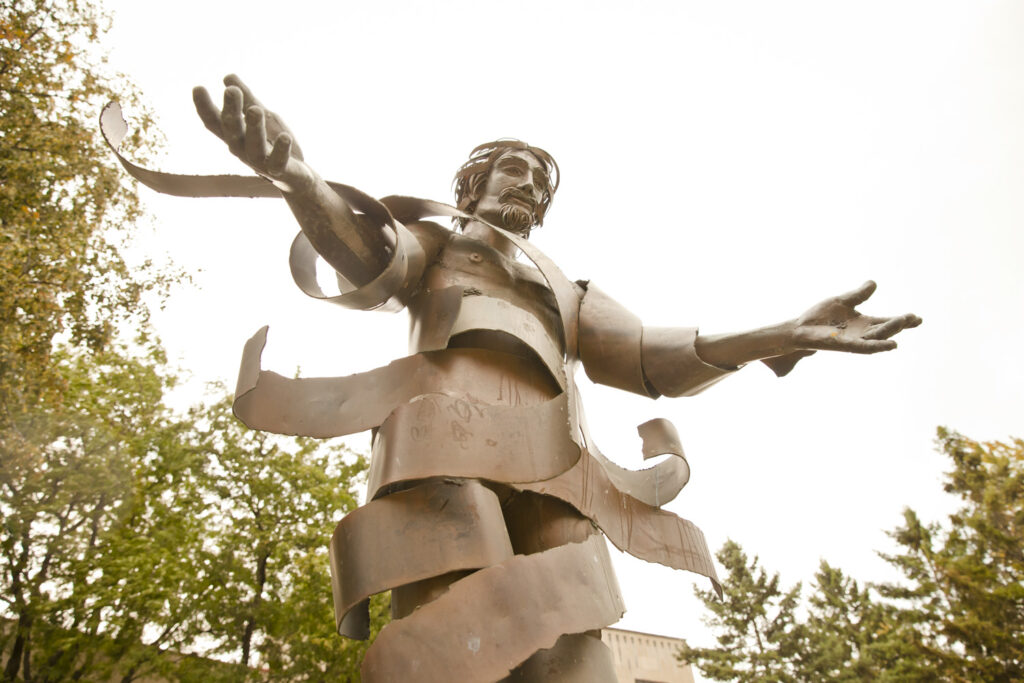
West of Varsity Theatre and just north of Wisconsin Avenue is the Christ Arisen statue. The statue depicts Christ with his arms down in an open and loving gesture. Two benches in front of the statue offer a space to sit and reflect.
Outside the Chapel of the Holy Family in the AMU is a bronze statue of St. Ignatius. St. Ignatius of Loyola (1491–1556) was the founder of the Society of Jesus and became its first Superior General.
Rooms
Room 231 of the Alumni Memorial Union is the Islamic Prayer Room. Dedicated for Islamic prayer, the space is furnished with prayer rugs and prayer resources and offers a quiet place for contemplation throughout the day.
Also in the AMU is the Interfaith Meditation Space in room 233. The room is open daily for individual prayer and meditation, but it may also be reserved for groups for one-time or regular spiritual reflection and ritual.
On the first floor of Straz Tower is Marquette’s Center for Jewish Life, which serves as a program and meeting space for Jewish and non-Jewish students looking to learn more about the Jewish religion and culture. Members of the Jewish Student Union at Marquette are able to use the space as needed for meetings and Jewish programming.
Marquette’s campus hosts many more sacred spaces — learn more online.
